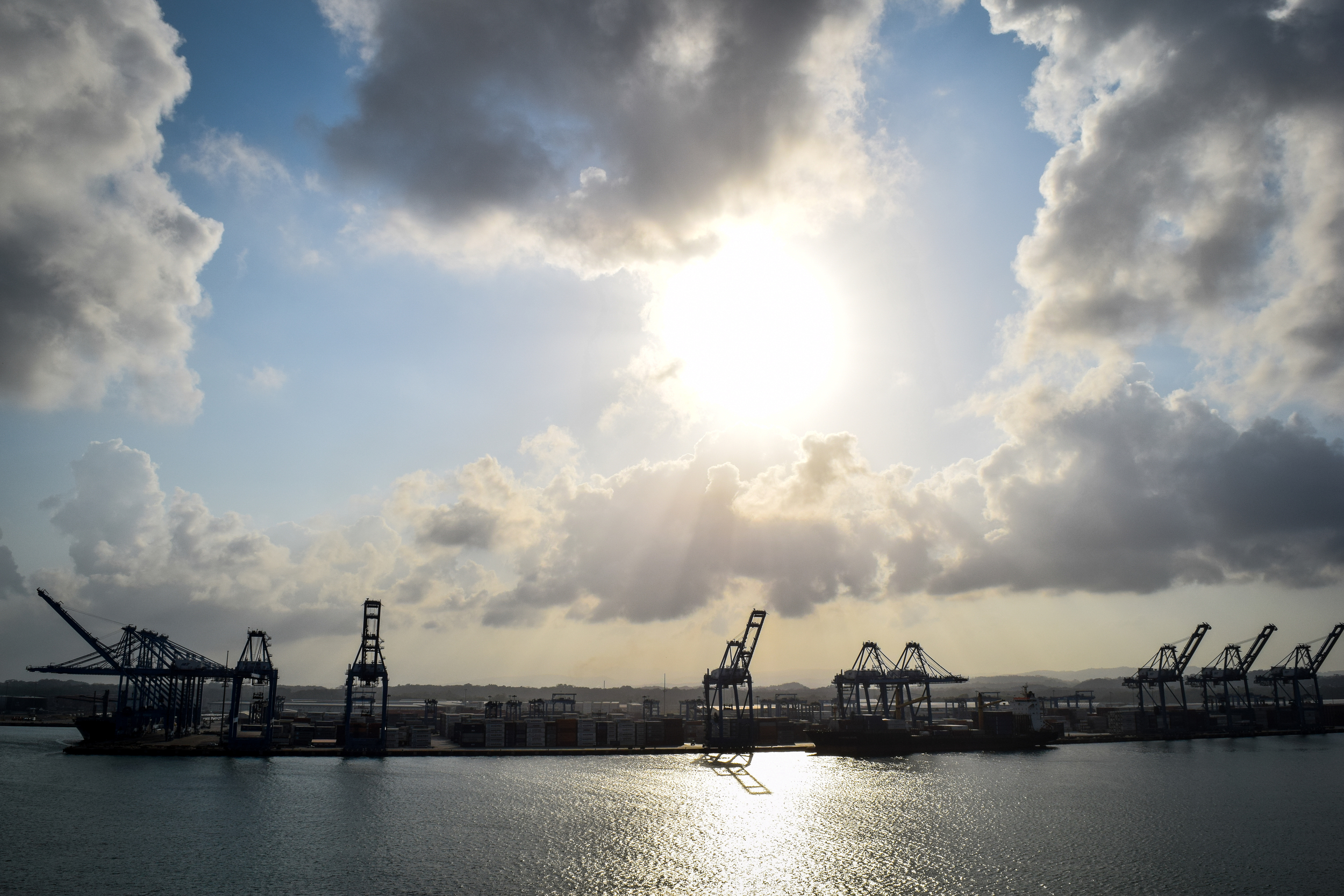Everything You Need to Know About Visiting the Panama Canal (Plus 17 Interesting Facts)
Let me preface this by saying that I rarely find inspiration or feel particularly drawn to industrial man-made structures I come across during my travels, but when I recently found myself in the vicinity of the Panama Canal it was easy to feel awestruck and dwarfed by the massive channel. Considered one of the greatest engineering feats in human history (it also happens to be Panama's greatest environmental concern and it's biggest income source - the nation's major conundrum) it would be a sin not to pay a visit to the Panama Canal if you're planning a trip to the country.
So whether it's the history, architecture, engineering, or ships that interest you, or if you're simply a traveler looking to gain some insight into Panama and it's #1 attraction, a trip to one of the viewing platforms and visitor centers is definitely in order. Listed below you'll find a compilation of facts to stir your interest in the Panama Canal, as well as useful information for planning your visit.
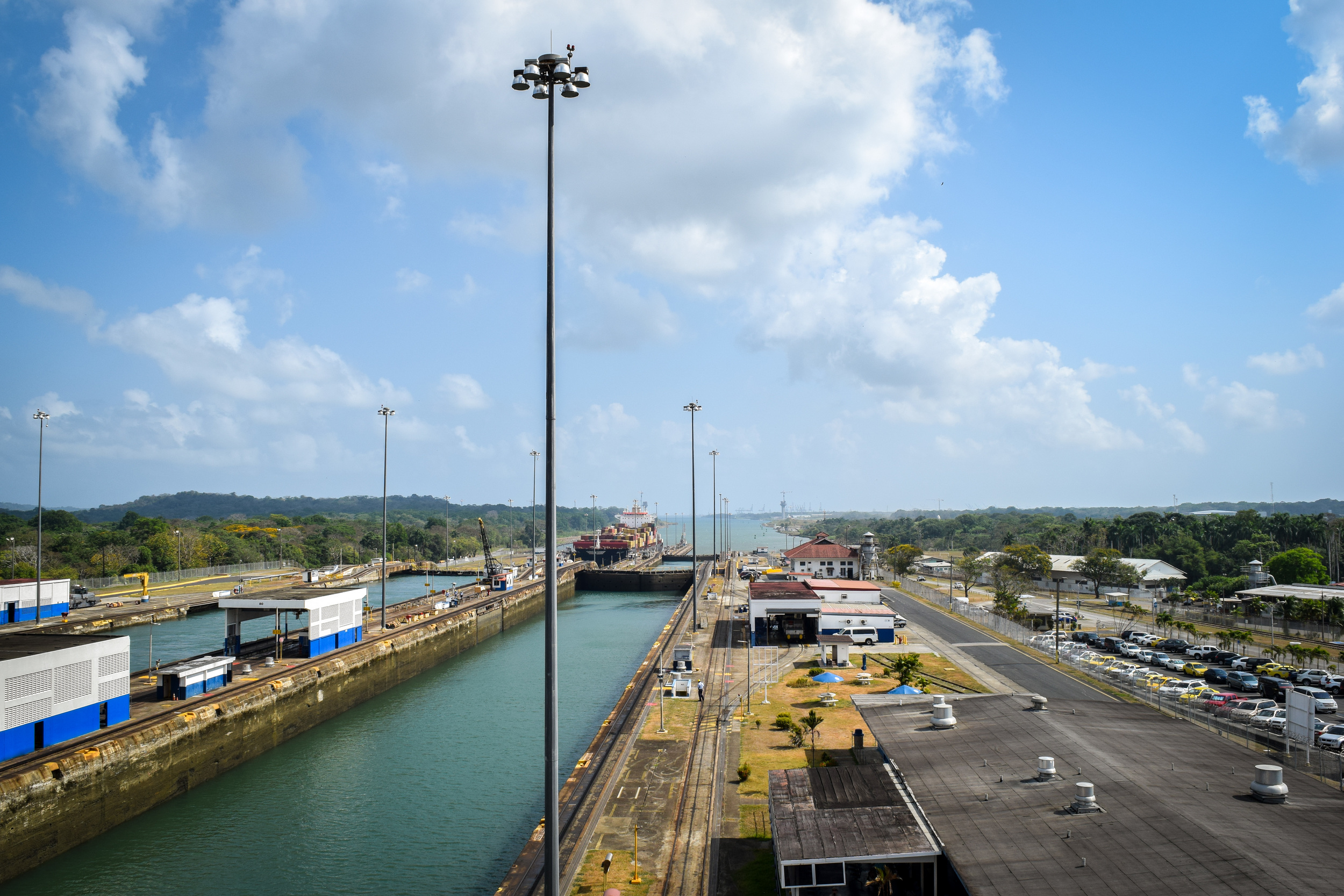
17 Interesting Facts about the Panama Canal
1. The Panama Canal is a man-made 77 km (48 mi) waterway in Panama that connects the Atlantic Ocean with the Pacific Ocean, making it a key channel for international maritime trade.
2. The idea to build a canal through the Isthmus of Panama to join the two oceans dates back all the way to 1515, when Vasco Núñez de Balboa, a Spanish explorer and conquistador, crossed Panama and discovered that only a narrow strip of land separated the Atlantic and Pacific.
3. In 1881 France began work on the canal but soon stopped due to engineering problems and a high worker mortality rate. The United States took over the construction in 1904, and the canal was officially opening on August 15, 1914.
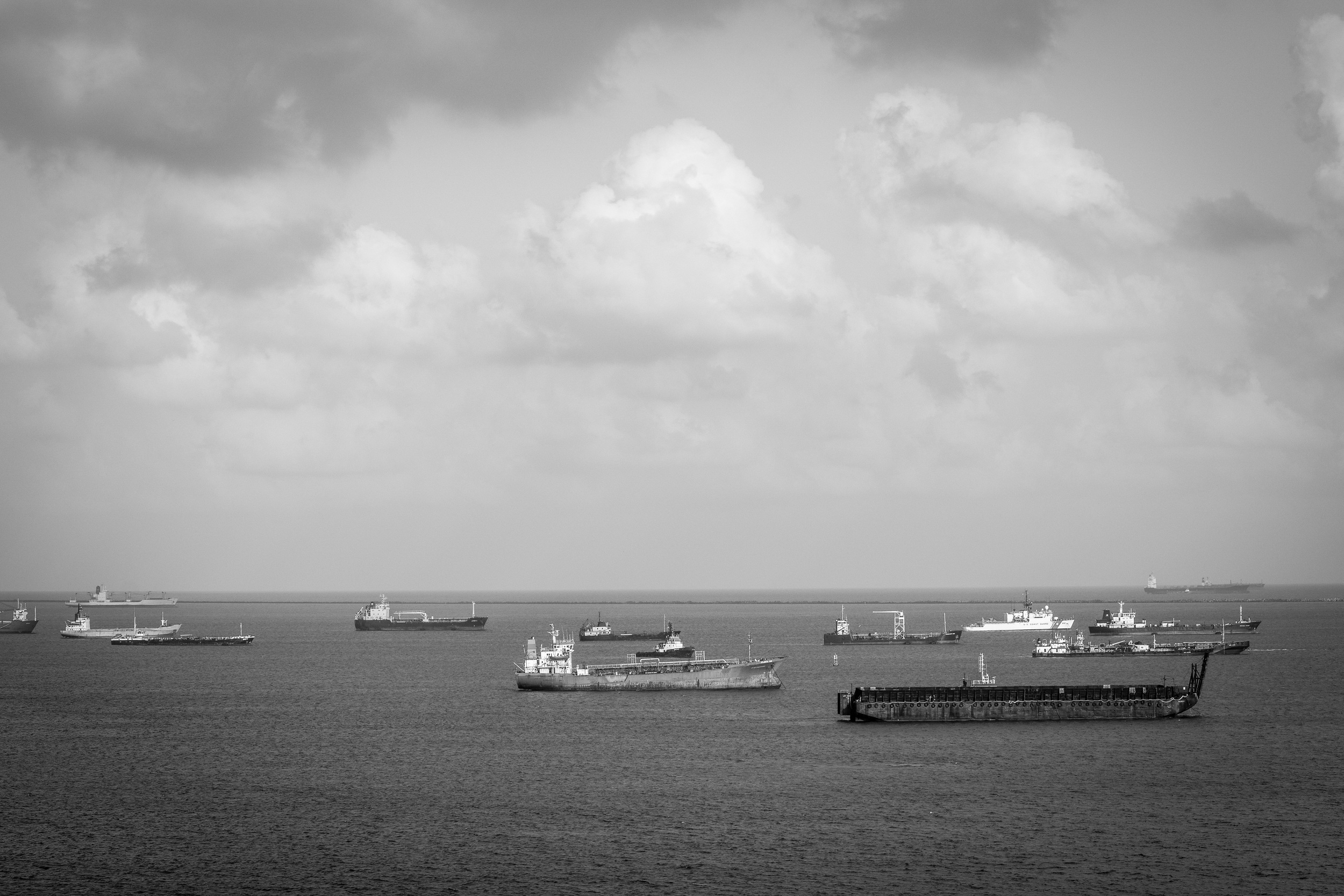
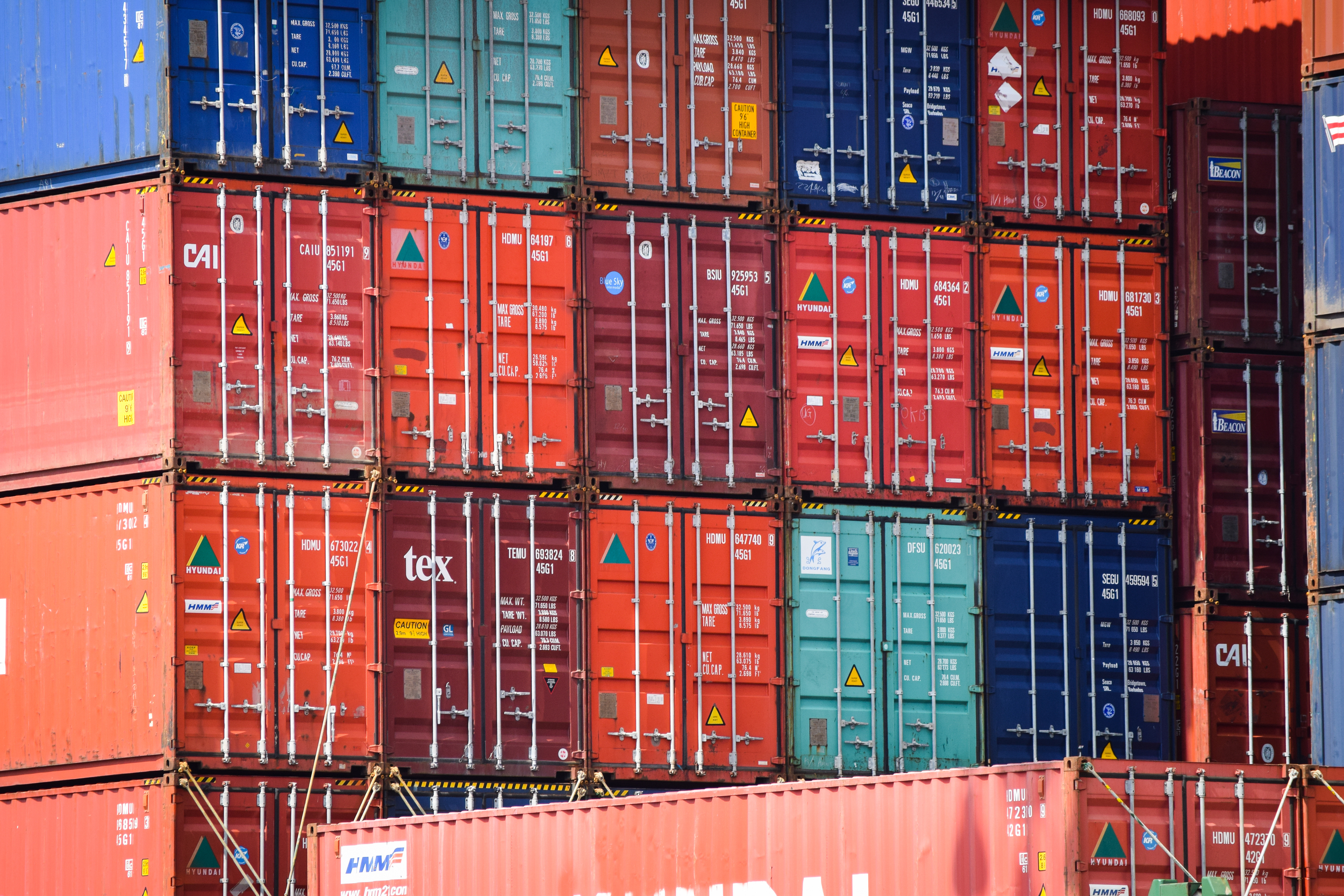
4. Between 1904 and 1913, approximately 56,000 people were employed during the construction of the Panama Canal.
5. During the United States construction period, upwards of 5000 workers died of diseases and accidents according to hospital records. The exact worker death toll during the French construction period will never be known because only deaths at hospitals were recorded, a small percentage of the total. According to some reports, it is estimated that 22,000 workers died during this period.
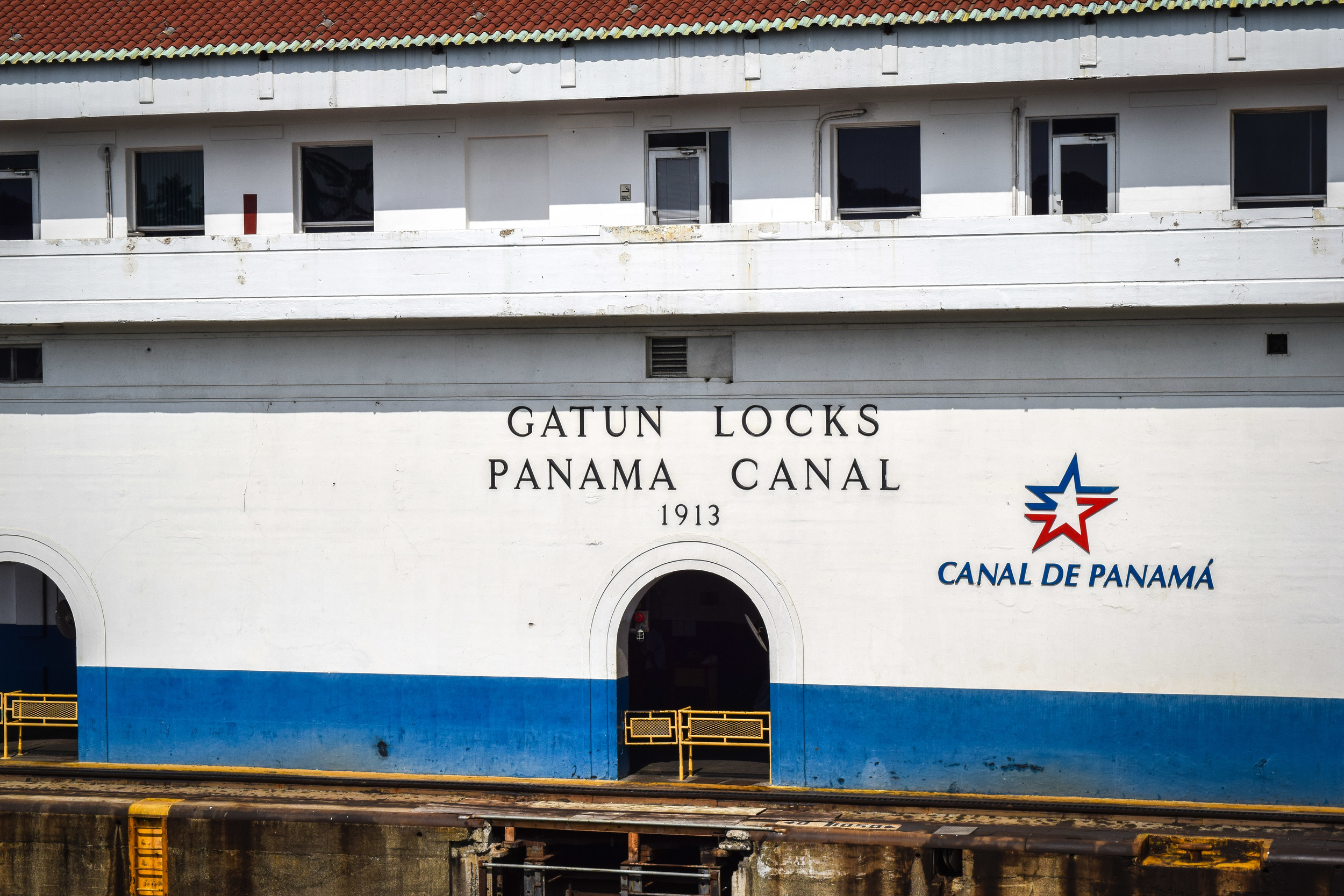
6. Although it was one of the largest and most problematic engineering projects ever undertaken, once the Panama Canal was in full operation it drastically reduced the time for ships to travel between the Atlantic and Pacific Oceans, allowing them to avoid the treacherous waters around Cape Horn, the southernmost tip of South America.
7. The United States controlled the canal and surrounding Panama Canal Zone until the 1977 Torrijos–Carter Treaties called for a handover to Panama. After a period of joint American-Panamanian control, the canal was taken over by the Panamanian government in 1999, and is now managed and operated by the government-owned Panama Canal Authority.


8. The total construction cost of the Panama Canal was approximately $375 million USD.
9. During the United States construction period, over 200 million cubic yards of material was excavated to make room for the canal. This volume, along with the millions of cubic yards excavated by the French, totals approximately 268 million cubic yards, three times the volume excavated for the Suez Canal.
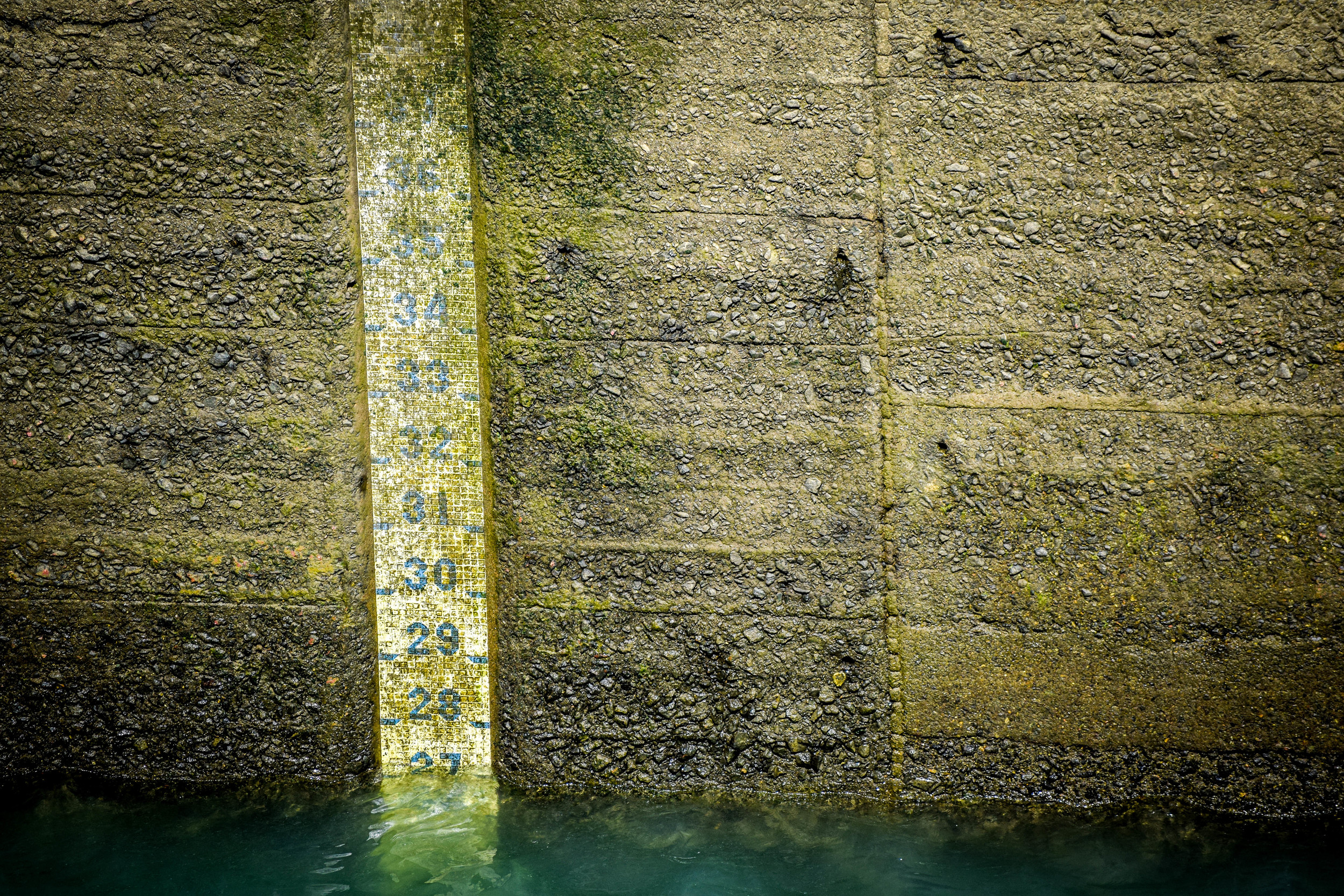
10. Portions of the excavated material were used to turn an island in the Pacific Ocean into a peninsula, creating the Naos Island breakwater. Another part was used to create nearly 500 acres of land along the Pacific coast to create the town of Balboa (named after Vasco Núñez de Balboa – see fact #2) and the U.S. military post of Fort Amador. Despite all of this, many millions of cubic yards of earth still had to be disposed of in the Panamanian jungle.
11. The first vessel to officially transit the completed Panama Canal was the SS Ancon, an American cargo and passenger ship, on August 15, 1914. However, the crane boat Alexander La Valley did the first completed transit through the canal during the construction period as part of a work routine on January 7, 1914.
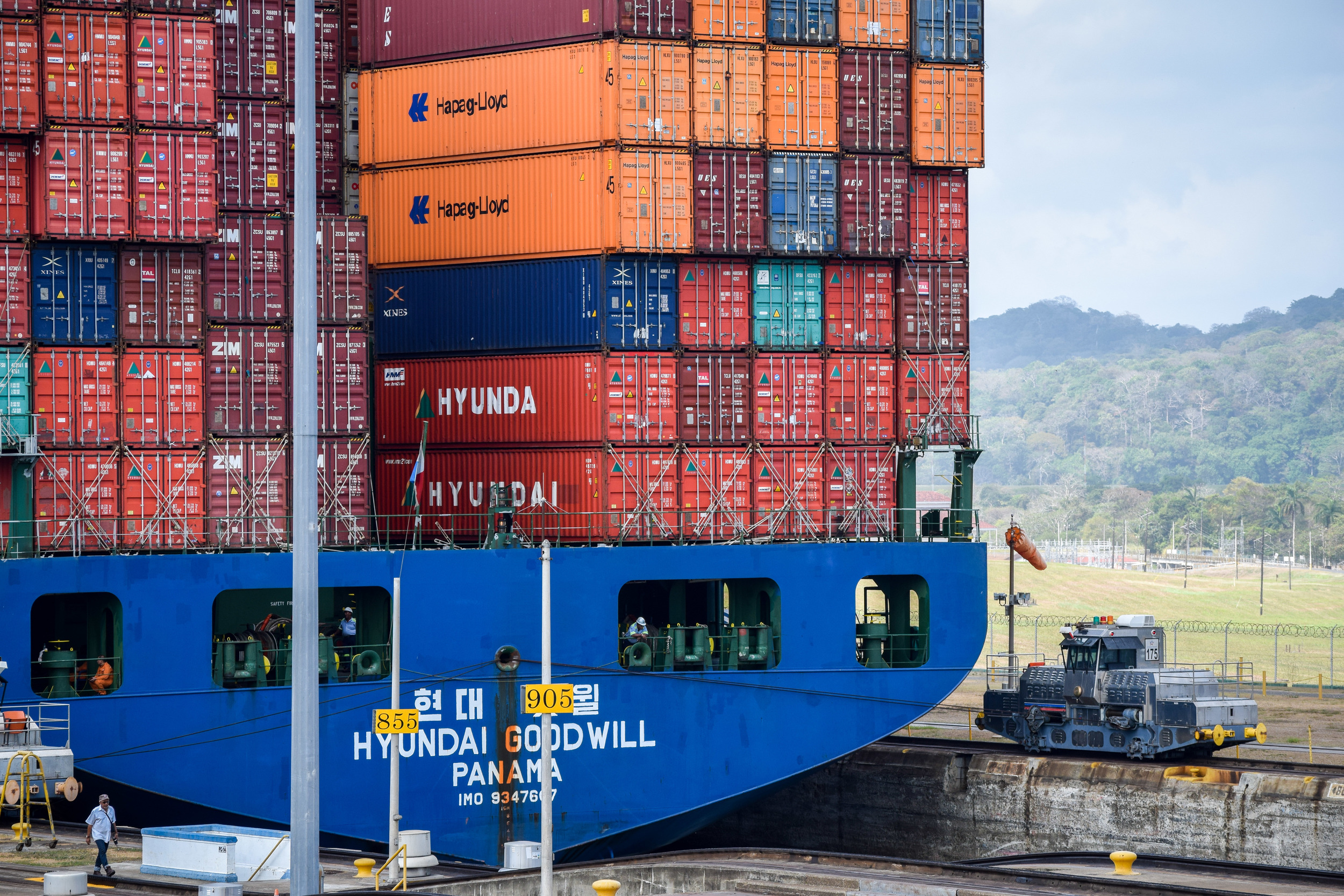

12. Between 13,000 and 14,000 ships use the canal every year. The ships pay a total of $1.8 billion in tolls to pass through the canal and the toll for some of the largest ships can be up to $450,000. One full transit of the canal takes approximately 8-10 hours.
13. Gatun Lake is a large artificial lake that forms a major portion of the Panama Canal, carrying ships for 33 km (21 mi) of their transit across the Isthmus of Panama. Created between 1907 and 1913 by the building of the Gatun Dam across the Chagres River, it was the largest man-made lake in the world at the time. Gatun Dam was also the largest of its kind.

14. The original locomotives used to pull ships through the canal were built by the American company General Electric and cost over $13,000. Today, Mitsubishi, a Japanese company, manufactures the locomotives, which cost upwards of $2 million USD each.
15. A Panama Canal lock chamber fills up in eight minutes and requires over 100,000 cubic meters of water. An average of 52 million gallons of fresh water are used per transit, with all water being supplied by Gatun Lake.
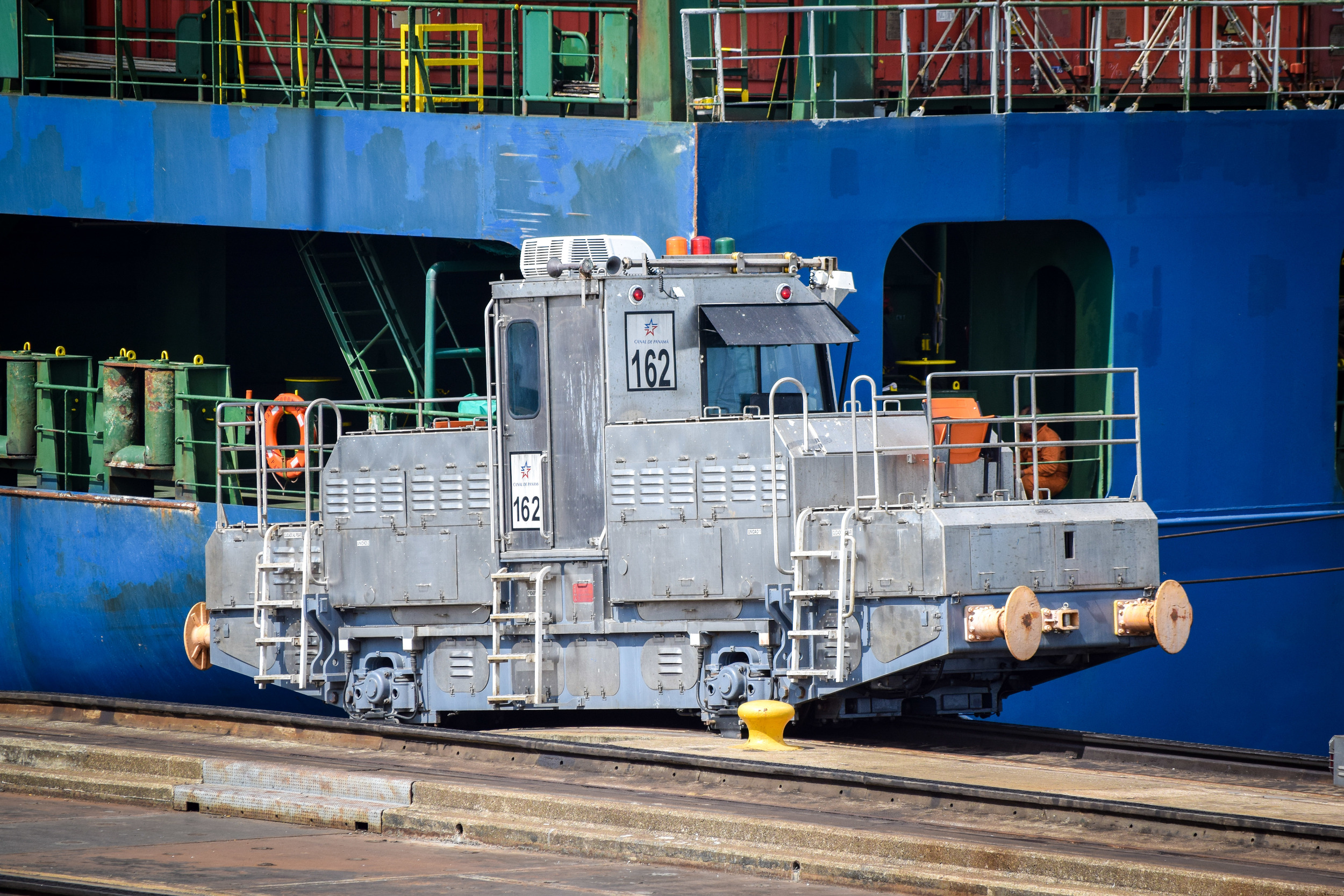

16. In the Panama Canal, ships are raised 25 meters over sea level to meet the level of Gatun Lake.
17. As of June 26 the Panama Canal expansion project was officially opened. The project doubled the capacity of the canal by adding a new lane of traffic and increasing the width and depth of the lanes and locks allowing larger vessels and more ships to pass through.

Visiting the Panama Canal
Currently there are two options - one on the Atlantic and one on the Caribbean side - for visitors to see the Panama Canal locks in action (for easy-to-follow directions to reach either visitor center, please head here). If you're looking to combine your visit to the Panama Canal with other organized activities like a rain forest hike, beach time, or a walk through a historic town, there are plenty of local tour providers available (the guys at Almiza Tours are the best!).
Miraflores Visitor Center - Located near Panama City on the Atlantic side of the Panama Canal, the Miraflores Visitor Center includes a museum, theater, observation terraces, restaurant, and gift shop. The center is open everyday from 9am-4:15pm. Admission is 15 Balboas for adults and 10 Balboas for children.
Agua Clara Visitor Center - Located near the town of Colón on the Caribbean side, the brand new Agua Clara Visitor Center was built as part of the Panama Canal expansion project which opened on June 26. The center includes a theater, observation terrace, ecological walking path, restaurant, coffee shop, and children's play area. The center is open everyday from 8am-4pm. Admission is 15 Balboas for adults and 10 Balboas for children.
*Please note, at the time of writing, the Agua Clara Visitor Center can only be visited by first purchasing an admission ticket at the old Gatun Locks Visitor Center.
Like it? Pin it!



